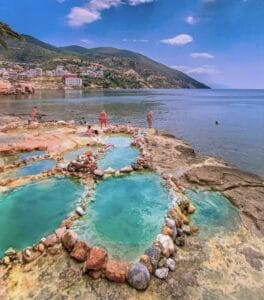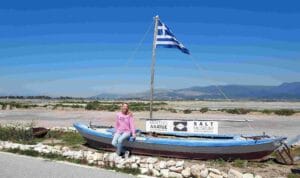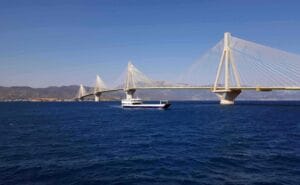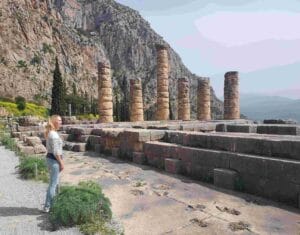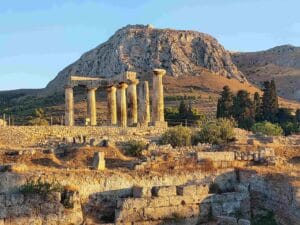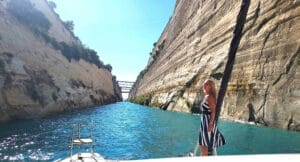It’s waterful! We are impressed by the fjords in Norway. As Dutch people, we don’t know that phenomenon, but here are more than a 1.000 fjords. It’s like sailing through the Alps! You can on the same day: stand on top of the fjord on a glacier and walk in the eternal snow, kayak in the lake below in the meltwater and at the foot of the fjord swim in water of 900 meters deep.
We collected 10 facts abouts the fjords:
- Fjord is a Norwegian word that has gone international. It’s an ancient Viking term related to the phrase for ‘where you travel across’ (der man ferder over)
- The fjords were created by massive glaciation that went below sea level. Over a period of 2.5 million years, the U-shaped valleys were carved out of the ground during a succession of glacial cycles. In other words, the fjords were shaped by the glacies and flooded with seawater
- Think of Norway’s fjords as main roads with side streets and narrow back alleys – a bit like the canals of Venice gone XXL
- The Sognefjord is called the King of the Norwegian Fords, because it is the oldest, deepest (up to 1300 meters), longest (204 km), steepest (up to 1700 meters)
- Most of the Norwegian fords are part of UNESCO World Heritage List
- The Hardanger fjord is called the fruitgarden of Norway: we have seen vineyards, apple orchards, peers and plums. Farms offer cider tasting
- Many waterfalls can been seen in the fjords: when we sailed through the Lysefjord, we counted 12 in half an hour, so they are everywhere and sometimes up to 150 meters high. Some parts in the fjords are called ‘walls of waterfalls’
- Fjords have a weather condition of their own: because of the steep mountains and many bends, winds can suddenly speed up or being blocked. Also the clouds (with rain) can suddenly appear and disappear. Thanks to the warming Gulf Stream, the fjords enjoy a relatively mild climate and remain virtually ice-free
- On the mountainsides of the fjords you can see little villages, or sometimes abandoned old wooden farms. Usually every 30 kilometers there is a harbor. Because ferries or cruiseships need places to moor, but small boats are also a popular way of transportation for the locals. Harbor can accommodate sometimes 5 boats and sometimes 150!
- Nature itself in the fjords in the biggest attraction (the steep mountainhills, wildlife, waterfalls, views), but there are also a lot of outdoor activities you can do: kayaking, sailing, mountaineering, hiking, cycling, bungeejumping, basejumping, zipplines, glacierwalks, trainrides through the mountains





